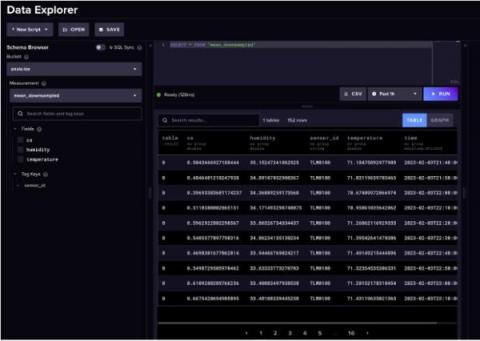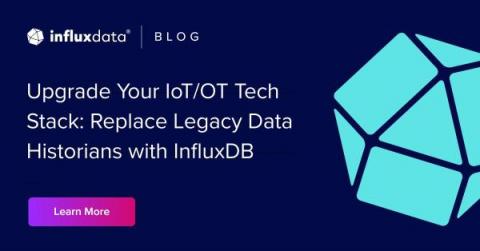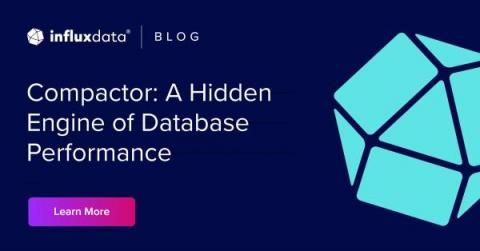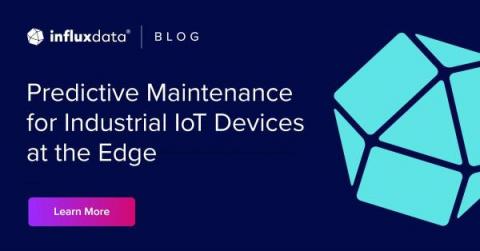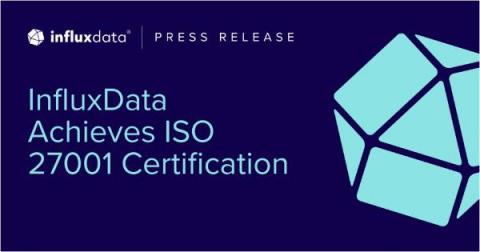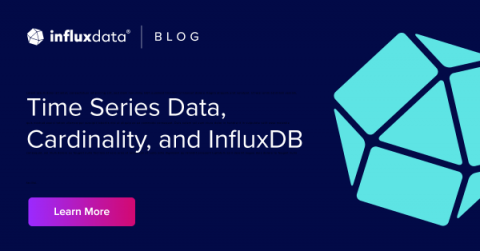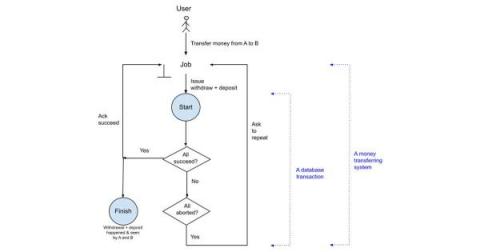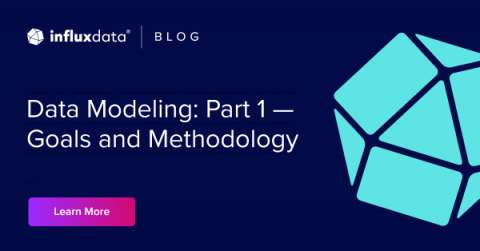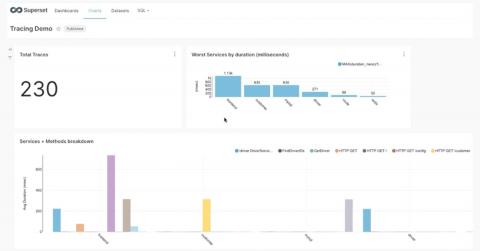Cleaning and Interpreting Time Series Metrics with InfluxDB
A look at how to use Flux for data cleansing and analytics through the browser and via Visual Studio. Time series data is data you want to analyze and monitor over time. For example, you might want to know the water levels over the course of the day for a plant, or how much sunlight it receives and when. This is a simple but easy-to-understand example. Obviously on a larger scale the stakes can be higher.



